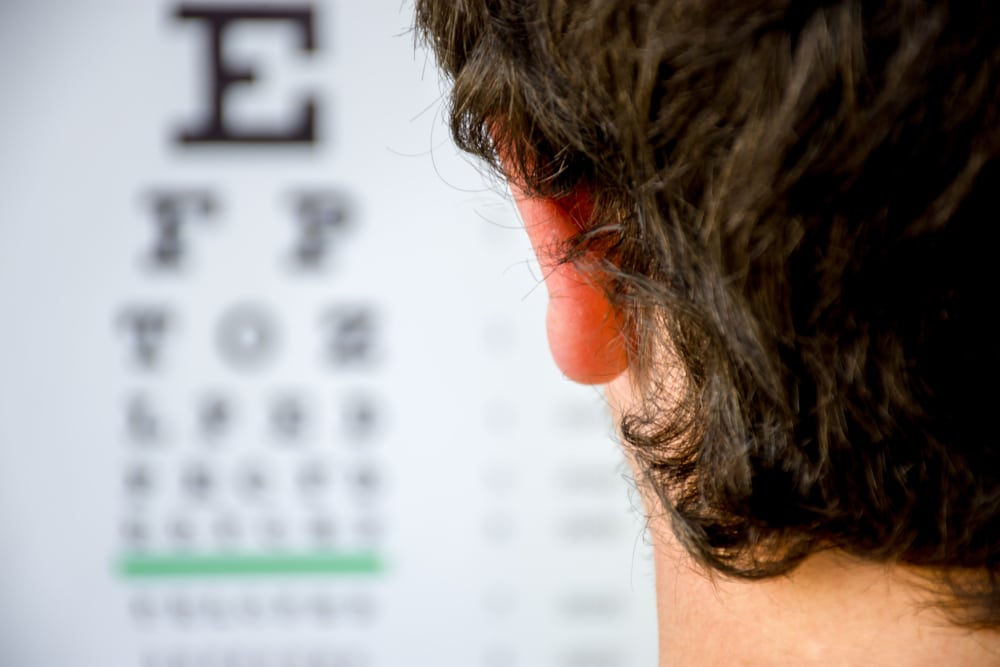
Have you ever wondered what exactly causes your vision to be blurry? If you’ve been diagnosed with a refractive error like nearsightedness or astigmatism, you’re not alone.
Refractive errors are incredibly common vision problems that affect people of all ages. While nuisance, these disorders are typically easy to diagnose and treat.
Keep reading to learn what refractive disorders are?
What Are Refractive Disorders?
Refractive disorders, also commonly called refractive errors, are vision problems that prevent your eyes from clearly focusing light, resulting in blurred vision. They are caused by the shape of your eye and are commonly corrected with glasses or contact lenses.
What Causes Refractive Errors?
Refractive errors occur when the shape of your eye prevents light from being precisely focused on the retina in the back of your eye. This results in blurred vision at any distance. Refractive disorders include:
Nearsightedness
Also called myopia, this refractive error causes objects that are far away to look blurry. This is caused by an eyeball that is too long.
For those who are nearsighted, light entering the eye focuses in front of the retina rather than directly on it.
Farsightedness
Also called hyperopia, farsightedness causes objects that are up close to look blurry. This is caused by an eyeball that is too short. Light entering the eye focuses behind the retina rather than directly on it.
Astigmatism
Astigmatism causes blurred vision at any distance caused by an irregularly shaped cornea. The cornea is the clear front cover of the eye.
Presbyopia
Presbyopia is age-related and causes difficulty focusing on near objects. This refractive error occurs when the lens inside the eye loses elasticity.
What are the Symptoms of Refractive Errors?
The main symptom of refractive errors is blurred vision. You may experience:
- Headaches or eye strain from squinting to see clearly
- Difficulty seeing distances or reading up close
- Need to sit very close to the TV or hold reading materials at arm’s length
- Discomfort when using a computer
- Trouble seeing at night or in low light
How Are Refractive Errors Diagnosed?
Your eye doctor can diagnose refractive errors during a comprehensive eye exam using several key tests. One common test is a visual acuity test, which involves reading letters on an eye chart from a distance.
This allows your eye doctor to measure how well you can see at various distances. Another important test is a refraction test, in which you try on different lenses to find the lens prescription that gives you the clearest vision.
Your eye doctor may also use a technique called retinoscopy, which involves shining a light into your eye to determine precisely where light is focusing. Based on these key tests, your eye doctor can pinpoint any refractive errors that are leading to blurred vision.
The results help determine the ideal prescription of glasses or contact lenses needed to correct your vision.
What is the Treatment for Refractive Disorders?
There are a variety of ways to correct your vision and allow you to experience greater visual clarity. Here are some of the most common options:
Glasses: Lenses are shaped with your prescription to refract light properly onto your retina.
Contact lenses: Plastic lenses that sit directly on the eye to focus light properly.
Refractive Surgery: Reshapes the cornea using lasers to correct focusing ability. LASIK is a common refractive procedure.
There is no cure for common refractive errors like nearsightedness, farsightedness, and astigmatism. However, treatments like glasses, contacts, and refractive surgery can correct focusing to give you clear, sharp vision.
Are you experiencing blurry vision? Schedule an appointment at Colorado Eye Consultants in Littleton, CO, today!

